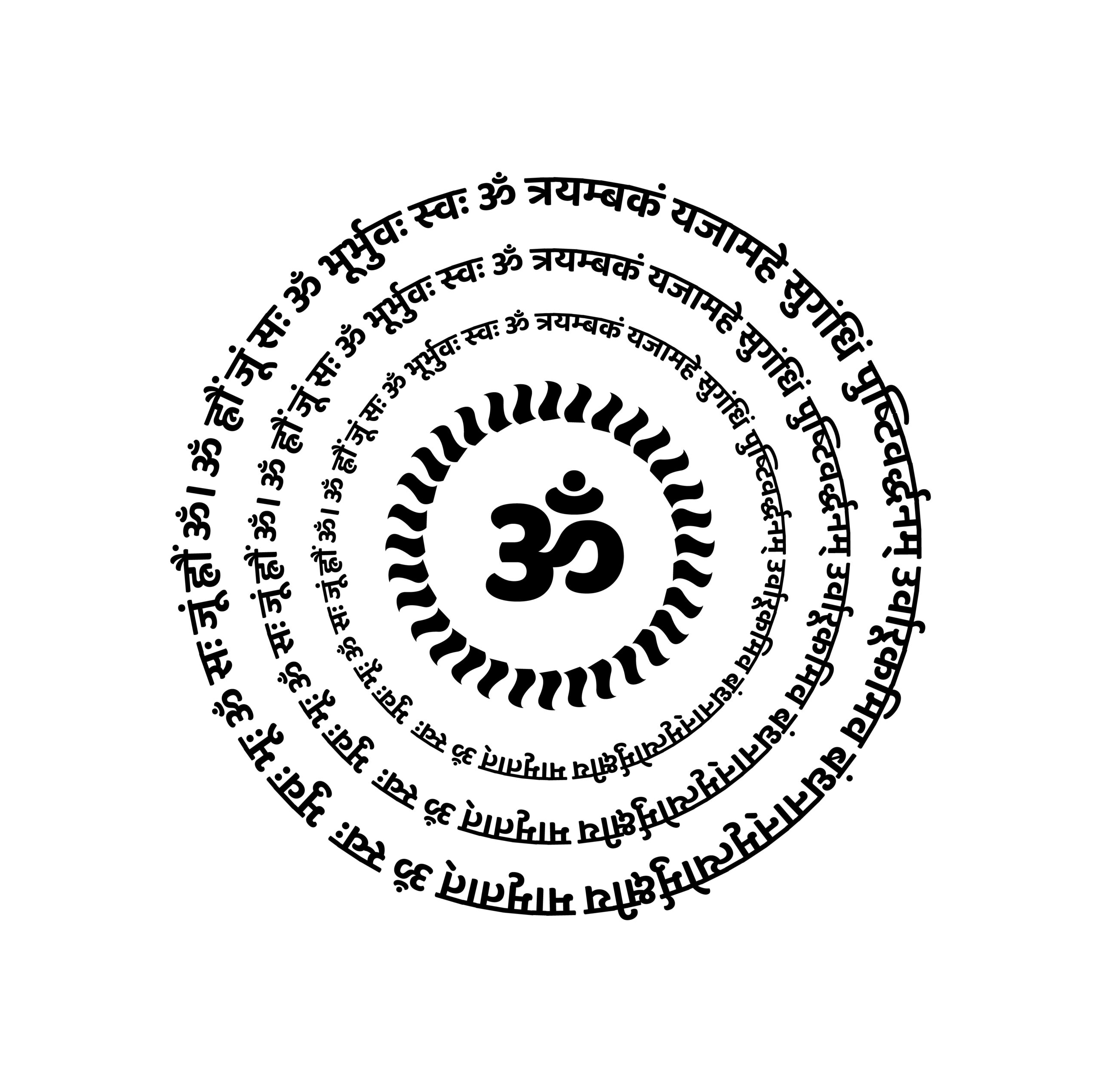The language of yoga, deeply rooted in Sanskrit, is not merely a means of communication but a bridge to the ancient wisdom and profound spiritual insights embedded within the practice. Sanskrit, often referred to as the language of the gods, is an intricate and refined language with a rich philosophical and spiritual heritage. For practitioners and scholars of yoga, deciphering Sanskrit and the ancient texts is akin to uncovering a treasure trove of knowledge, offering profound insights into the human experience, the nature of consciousness, and the path to liberation.
The journey into the language of yoga typically begins with the names of the asanas (postures), which often reflect the natural world, such as Vrikshasana (Tree Pose) or Bhujangasana (Cobra Pose). These names are not arbitrary but are imbued with symbolism and deeper meanings, connecting practitioners to the qualities of stability, grace, or power that these living beings embody. Delving deeper, the chanting of mantras in Sanskrit, such as the revered ‘Om’ or the Gayatri Mantra, is believed to have a vibrational quality that purifies the mind and awakens inner spiritual energy.
However, the true depth of the language of yoga is best explored through its ancient texts. Seminal works like the Yoga Sutras of Patanjali, the Bhagavad Gita, and the Upanishads are not just philosophical treatises but practical handbooks on the art and science of living. The Yoga Sutras, for instance, succinctly outline the eight limbs of yoga, offering guidance on ethical conduct, physical practices, and stages of meditation leading to spiritual enlightenment. The Bhagavad Gita, part of the epic Mahabharata, is a profound dialogue on duty, righteousness, and the nature of reality.
Deciphering these texts in their original Sanskrit form can be a transformative experience. Sanskrit’s grammatical and phonetic structure encourages a depth of contemplation and understanding often lost in translation. Each word in Sanskrit can convey multiple layers of meaning, and the rhythmic chanting of verses is considered a meditative practice in itself, leading to greater concentration and insight.
For modern practitioners, learning the language of yoga is not just an academic pursuit but a means to deepen their practice and connect with the spiritual heritage of yoga. It provides a richer understanding of the principles and philosophies underlying the physical aspects of yoga and offers a more nuanced perspective on the ancient wisdom that has been passed down through generations. In deciphering Sanskrit and the ancient texts, one not only gains knowledge but also cultivates reverence, discipline, and a deeper connection to the timeless tradition of yoga.

